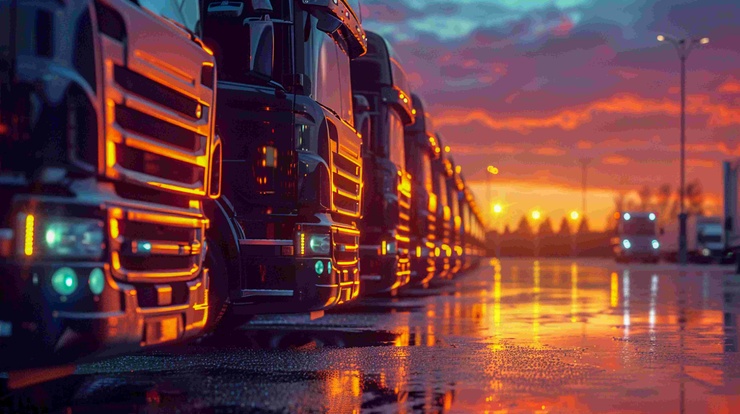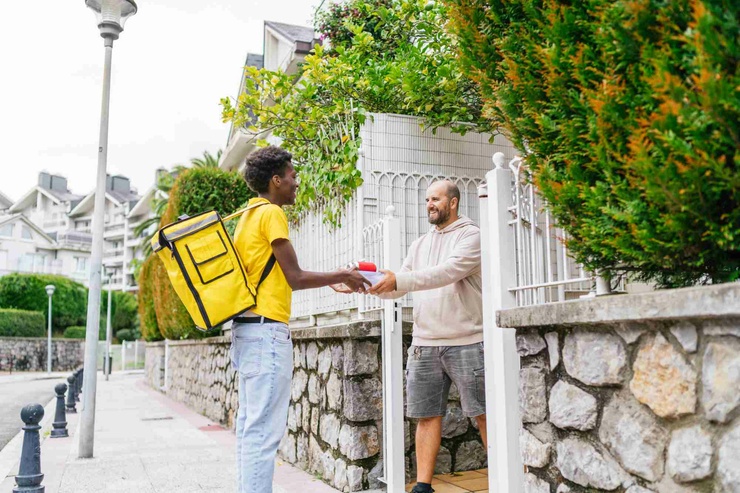- Grocery
- Delivery Scheduling
Online grocery delivery mistakes - what could possibly go wrong?
Table of Contents

The balance between brick and mortar stores and online retailers is very delicate. A new feature on the app might cause the customer to lean towards shopping online more frequently. The convenience of getting a product from the neighborhood department store within minutes might cause some to lean towards brick and mortar stores.
Recently, we talked to Shipra, who ordered from an online grocery. Let’s call it GoGrocery. GoGrocery provides hyperlocal solutions to grocery problems and requirements in Mumbai’s Andheri West area. Shipra placed her order just last week. It was the usual list of things she needed, wheat flour, olive oil, biscuits, sugar and tea leaves. The ordering process was simple. She logged on to the app, picked what she wanted and placed her order.
GoGorcery’s dispatch system was pretty fast. The order was delivered to her home within 4 hours, just as they had claimed on the first page of the mobile app. During delivery, she simply signed, paid and carried the bag inside. Since she could see the biscuits on top, she assumed the order was of her. But the next day when the maid was putting everything in place, she saw a few products missing and a few that she hadn’t ordered. Looked like they had delivered the wrong order.
She called the number and spoke to a representative. Turns out, the delivery management software had suffered a glitch, and since they were relatively small, they didn’t have the expertise on site to fix it. Because of that glitch, the workforce management software did not function as intended. In the ensuing confusion, the delivery staff confused the routes and the orders.
Shipra was left with two choices, either keep the entire order or ask for a return through the app and the delivery staff would pick it up. But the problem with the software remained. Fixing it would take a few days, and until then she couldn’t schedule a return. The entire return process began with the mobile workforce management software, which would take in the details, transfer it to the delivery management system, which in turn would send it to the dispatch system. It looked like Shipra was going to be stuck with the groceries.
What could GoGrocery have done differently?
Their hyperlocal strategy was working out quite well since they were new in the market. But their use of many different software was probably not working quite well. Unless they had bought it form the same vendor, the systems were likely not compatible with each other. An initial big investment in getting an integrated software system to manage orders, dispatch and delivery schedules would have been prudent in the long run.
After a couple of phone calls, the representative decided to send someone with Shipra’s actual order and agreed to process the return on paper. One thing they did do quite well, was last mile delivery. Even with the second round of delivery, she got her order exactly in the number of days she was told she would get it in. The delivery person also arrived at the time she had chosen.

Komal Puri is a seasoned professional in the logistics and supply chain industry. As the AVP of Marketing and a subject matter expert at FarEye, she has been instrumental in shaping the industry narrative for the past decade. Her expertise and insights have earned her numerous awards and recognition. Komal’s writings reflect her deep understanding of the industry, offering valuable insights and thought leadership.
Let's Talk to Our Experts and Optimize Your Deliveries Today!
An expert from our team will reach out within 24 hours
Related resources


